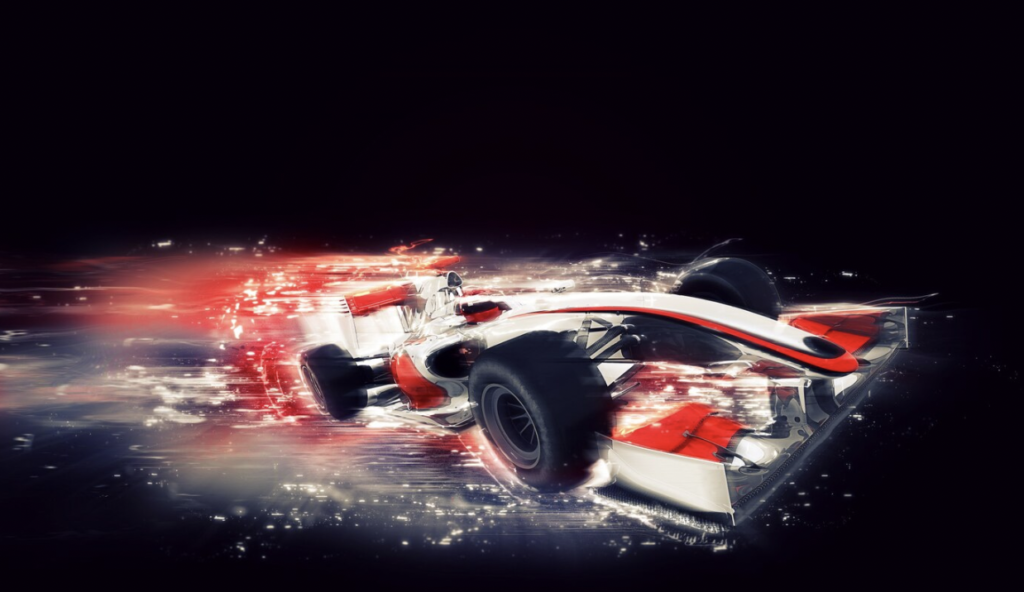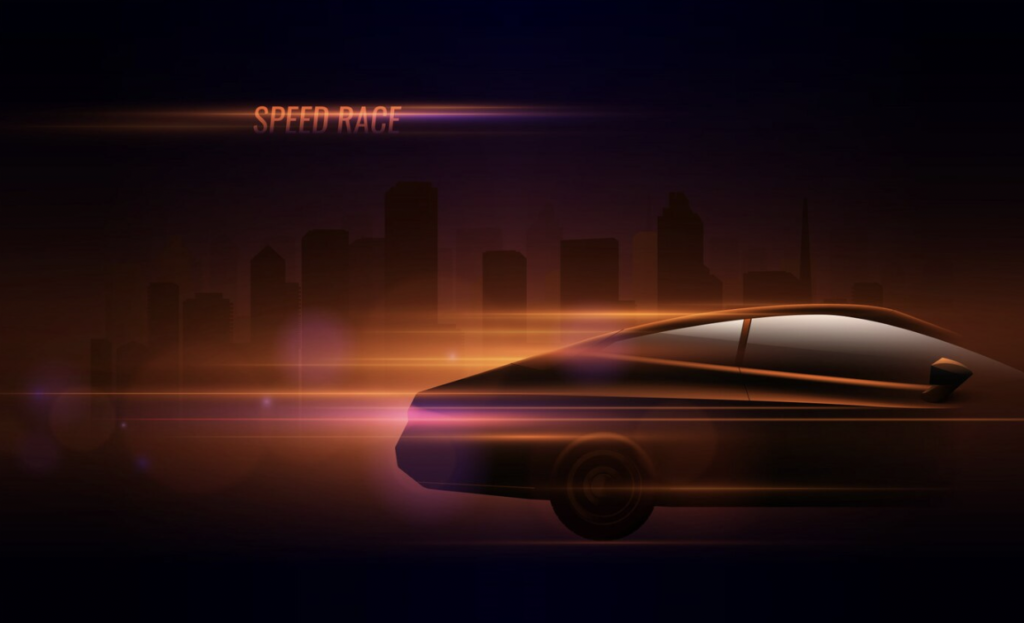The implementation of AI technology in designing race cars is changing the industry by improving aerodynamics and efficiency. The AI system can dynamically optimise designs and strategies based on real-time race data for outstanding performance during competitions. This article will look into how AI is transforming race car designs and the implications on competitive racing.
AI in Aerodynamic Design
AI is transforming race car aerodynamics using advanced simulation and testing. Traditional approaches used wind tunnel tests as well as computational fluid dynamics (CFD) simulations, which were effective but also took a lot of time and resources. AI speeds up this process through quick analysis of large volumes of aerodynamic data using machine learning algorithms.
This way, engineers are able to test many designs within a very short period, thereby finding out which shapes or structures are most efficient. Similarly, it adapts to changing conditions, adjusting aerodynamic profiles according to real-time data, which ensures optimal performance under different race scenarios. For those interested in such high-tech sports, Melbet login Ethiopia enables placing bets on various motorsport events enhanced by these technological advancements.
Data-Driven Performance Enhancements
To improve the actual vehicle performance and efficiency, AI systems rely on real-time racing data. Major applications include:
- Telemetry Analysis: Collecting all kinds of information from different sensors while racing to track vehicle performance.
- Predictive Maintenance: It makes use of artificial intelligence to foresee possible damages, hence maintenance planning, leading to less downtime.
- Dynamic Strategy Adjustment: Changing plans for the race in view of insights obtained from analysed numbers such as fuel consumption and tyre wear, among others.
These improvements allow teams to act quickly based on informed decisions, thereby maximising the car’s ability in terms of performance and reliability. Continuous learning by leveraging real-time information allows Artificial Intelligence systems to make ongoing adjustments that increase both efficiency and competitiveness among racers.

Technological Enhancements
AI has revolutionised how race cars are built and their efficiency by making great technological advancements in the field of aerodynamics. Among such developments are sensors, data collection systems, and machine learning algorithms, thus allowing for real-time analysis as well as making adjustments to ensure that there is optimal performance on the track.
Sensors and Data Collection
Sensors and telemetry systems are essential to gather real-time data during races. These technologies monitor a range of parameters like speed, tyre pressure, engine performance, and aerodynamic forces. This data is sent back to the pit crew via advanced telemetry systems for immediate analysis by AI systems.
Detailed data like this helps engineers to know how the car behaves under different conditions so that they can make changes in design or come up with strategies for races. This ensures that cars remain dynamic throughout the race, thus promoting overall performance as well as reliability.
Machine Learning Algorithms
Machine learning algorithms are used to process huge amounts of collected data within races to facilitate changing vehicle strategies in addition to designs. As a result, it analyses patterns, relating them with performance outputs, thereby enabling optimisation in real time. For instance, having learned from previous races, the AI may suggest or recommend potential changes in areas such as aerodynamics, tyre management or fueling.
Besides this, complex machine learning models can simulate multiple racing scenarios, thereby informing the fine-tuning of car setups which are suitable for different tracks and weather conditions. This approach is adaptive enough that race cars can still compete successfully while remaining efficient since decisions will be based on information obtained through the use of data, maintaining an edge over competition.
Challenges in AI Race Car Design
Several challenges are involved in integrating AI into race car development. Some of the key issues include:
- Reliability: This involves ensuring consistent performance by AI systems across a range of racing conditions.
- Complexity: How to manage complex systems and large volumes of data that AI depends on.
- Costs: They are high because the development and maintenance of advanced AI technologies are expensive.
- Data Accuracy: Making sure real-time data is precise and actionable for AI analysis.
For these challenges, it requires well thought out strategies in order to fully take advantage of what can be achieved using AI. These engineers and designers need to continually streamline these AI models and infrastructure so as to cater for this problem and ensure that it efficiently works together with race-car designing.

Future of AI in Racing
AI has a bright future in race car design, where new improvements might change the game altogether. As artificial intelligence technology develops further, more advanced algorithms that can forecast better adaptability to race conditions should be expected. In addition, new designs may incorporate combinations such as augmented reality and advanced robotics, among other emerging technologies, thus enhancing its advancements.
Furthermore, artificial intelligence-powered simulators could become more realistic, eliminating the need for physical tests and providing valuable insights into real-life scenarios. With improved safety, speed, and efficiency, competitive racing will never be the same again.
Racecar engineering has been revolutionised by Artificial Intelligence (AI), which has led to tremendous leaps forward in aerodynamics, efficiency, and strategy. Overcoming current hurdles while embracing the prospects offered by future developments will make it possible for AI to change completely how racing games are played at every stage or level, leading them to new heights. AI thus remains a major part of any advancing technology; hence, continuous integration prevents any stagnation from happening within racing cars as they are used today.




